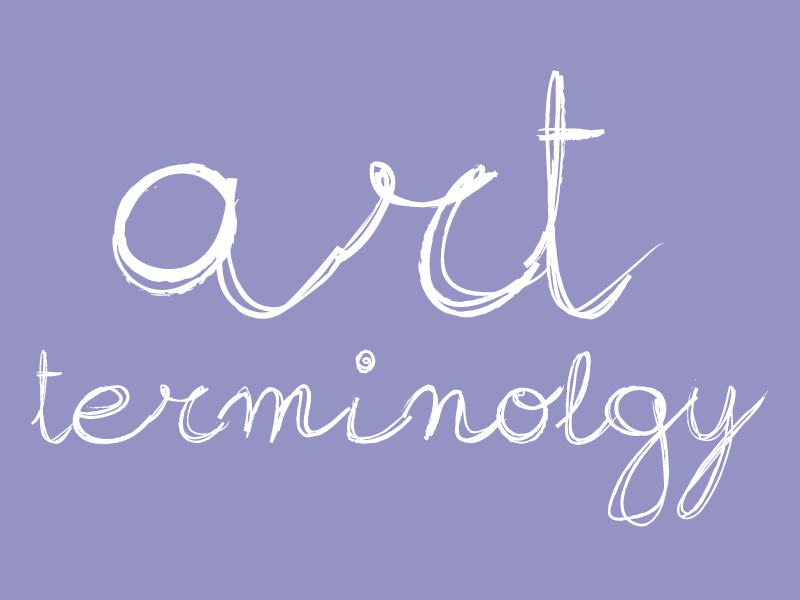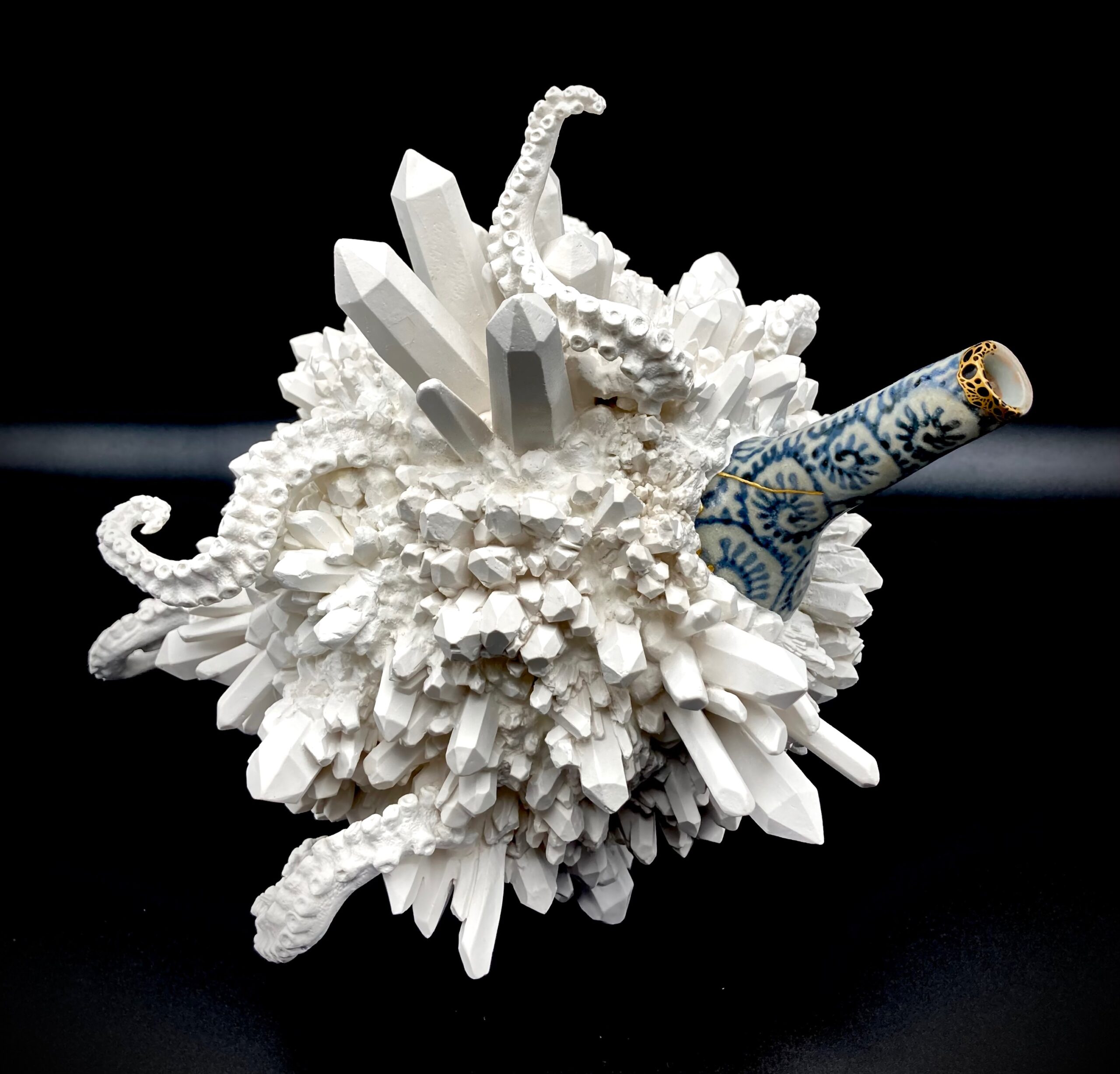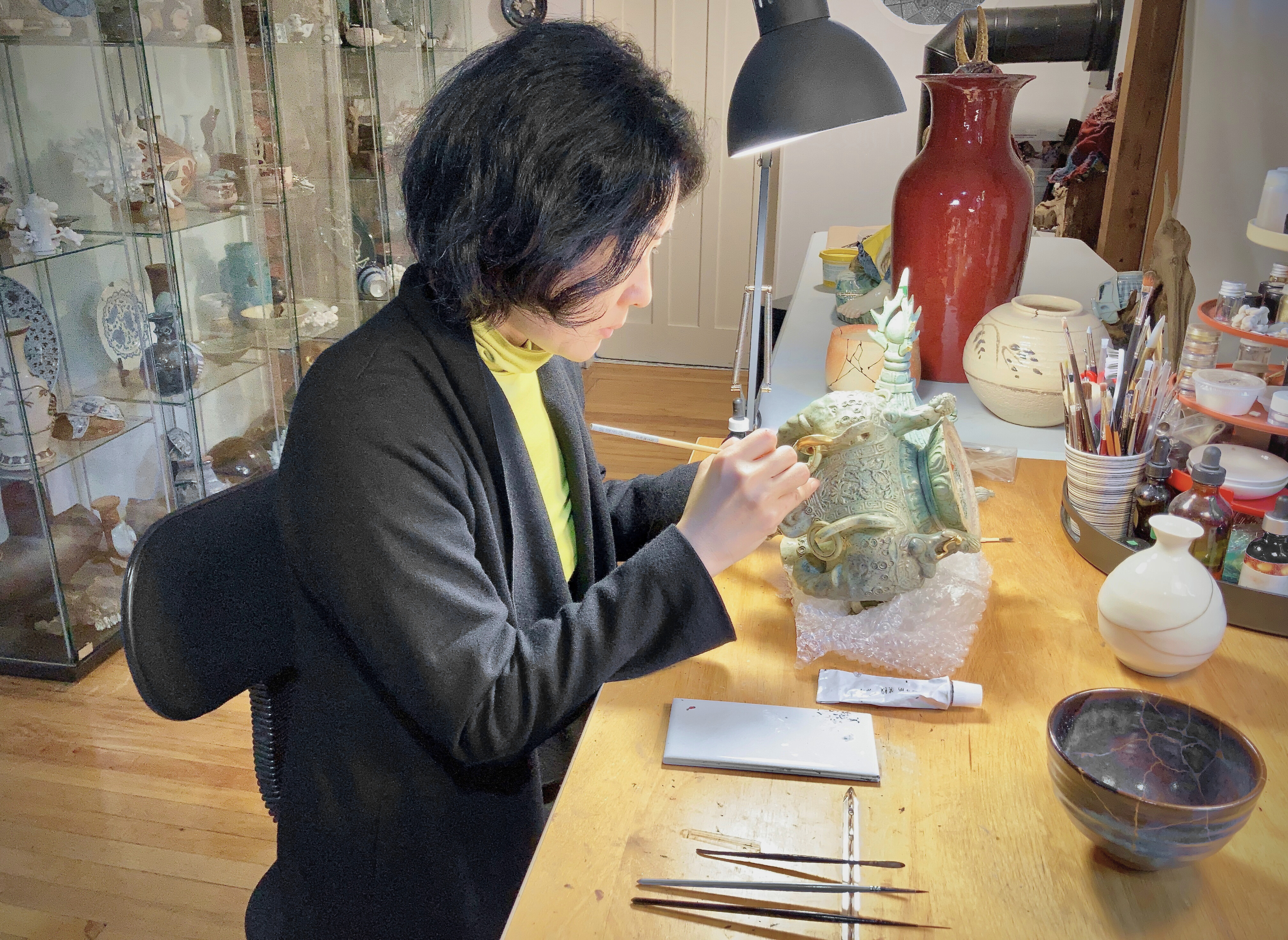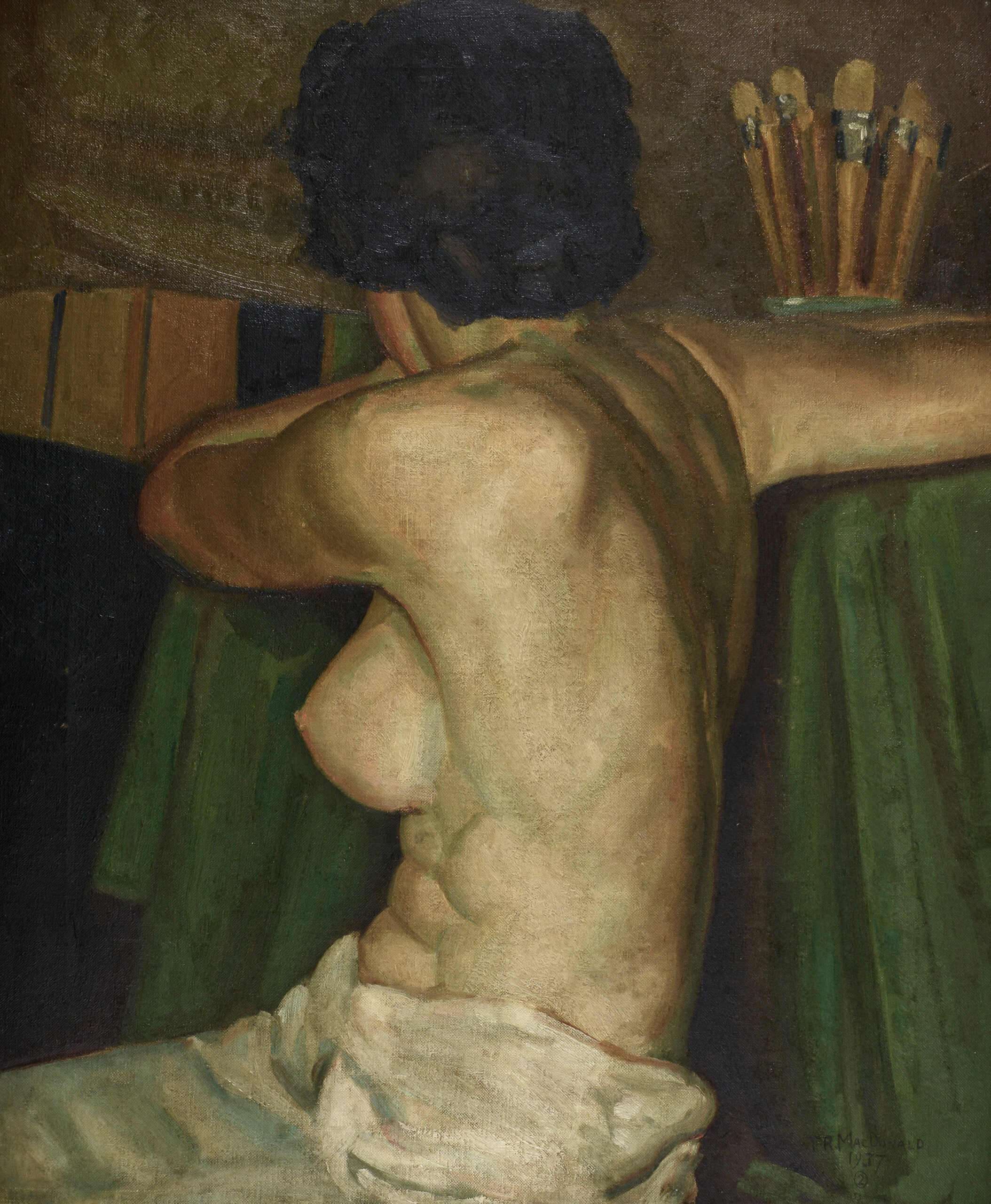Inspired by Howie Tsui’s immersive storytelling video installation, Retainers of Anarchy, that was on exhibition at the AGGV last year, this edition of Art Terms For the Beginner delves into terminology specific to digital art.
1. Digital art
Digital art is defined as electronic artistic work or practice with images and videos created wholly or in part using computer software. Images may be created through scans, photographs, downloads or drawn with software or on a drawing tablet. Images may be manipulated with software. The final product may be used or presented digitally or made into physical copies.
2. Animation
Animation is the practice of creating moving images. Traditionally, animation was created by drawing or painting images on transparent paper, photographed, then exhibited on film. Computer-generated imagery (CGI) is the main method of animation now, especially with new technological advances that constantly improve the experience of animation.
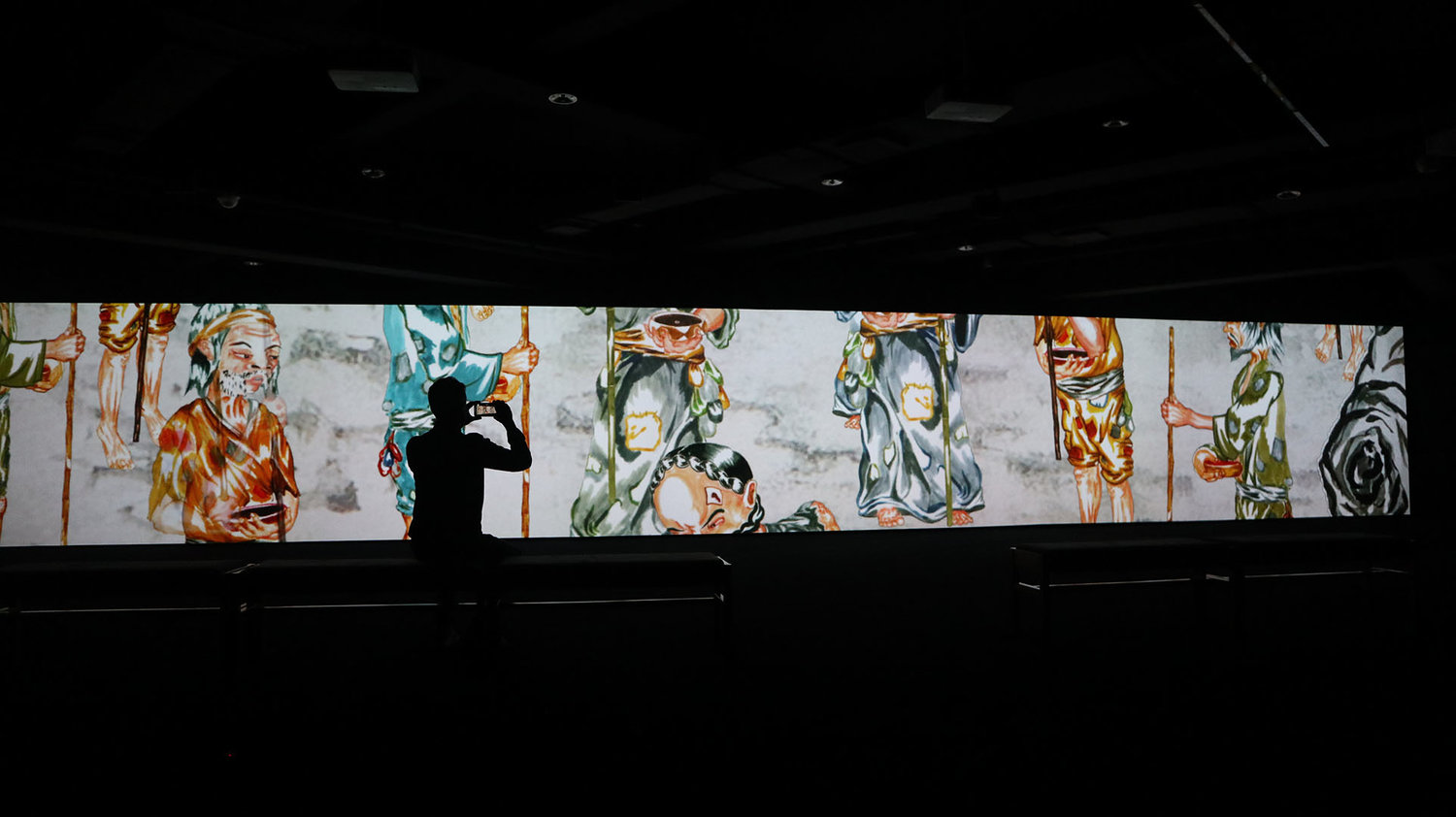
3. Clip Art
These are simplified pre-made digital images used to illustrate. They are readily available at no extra cost on most software.
4. CMYK
CMYK refers to the four colour plates used in some colour printing, where C stands of cyan (blue), M for magenta (red), Y for yellow and K for key (black).
5. GIF
Graphics Interchange Format is a popular graphics file format widely used on the Web because the file is compressed and hence takes up less space. Check out the GIF mosaic project inspired by Howie Tsui’s work:
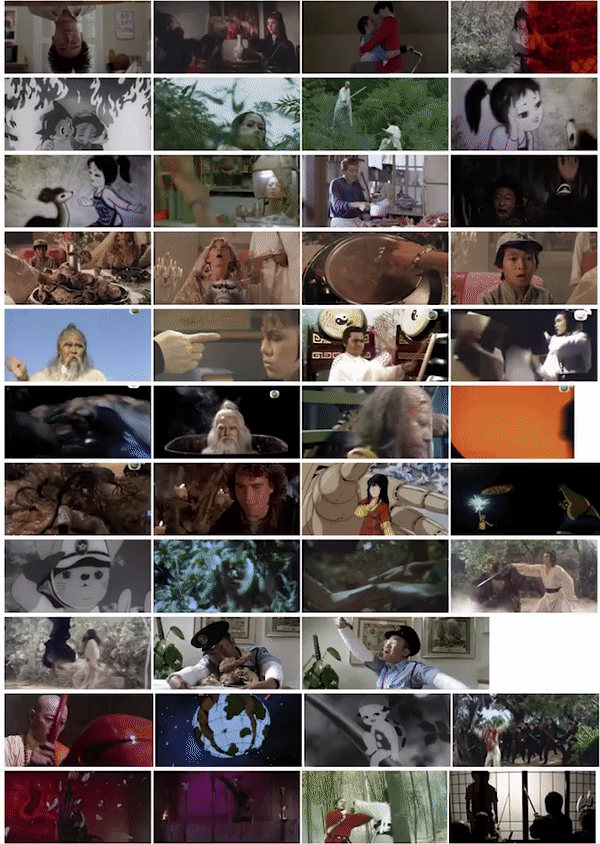
6. Image Filter
A filter is a software routine that changes the appearance of an image or part thereof, by altering the colours and shade in some manner. Filters can be used to brighten an image or add textures, tones and special effects.
